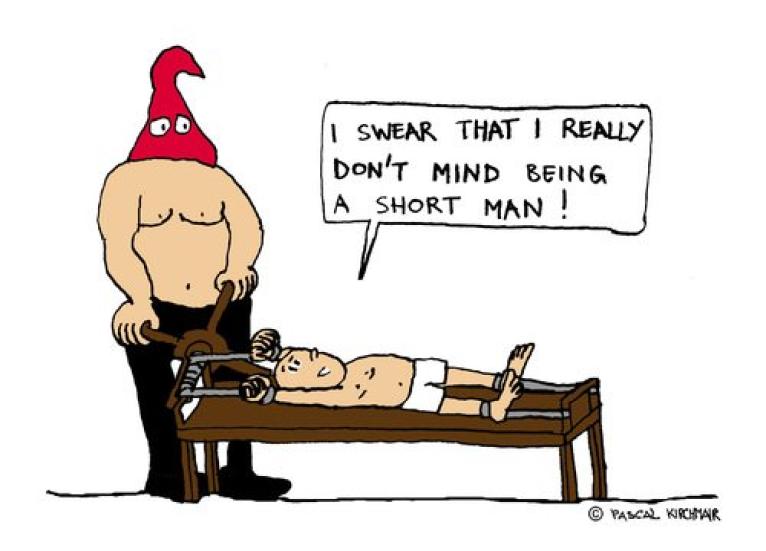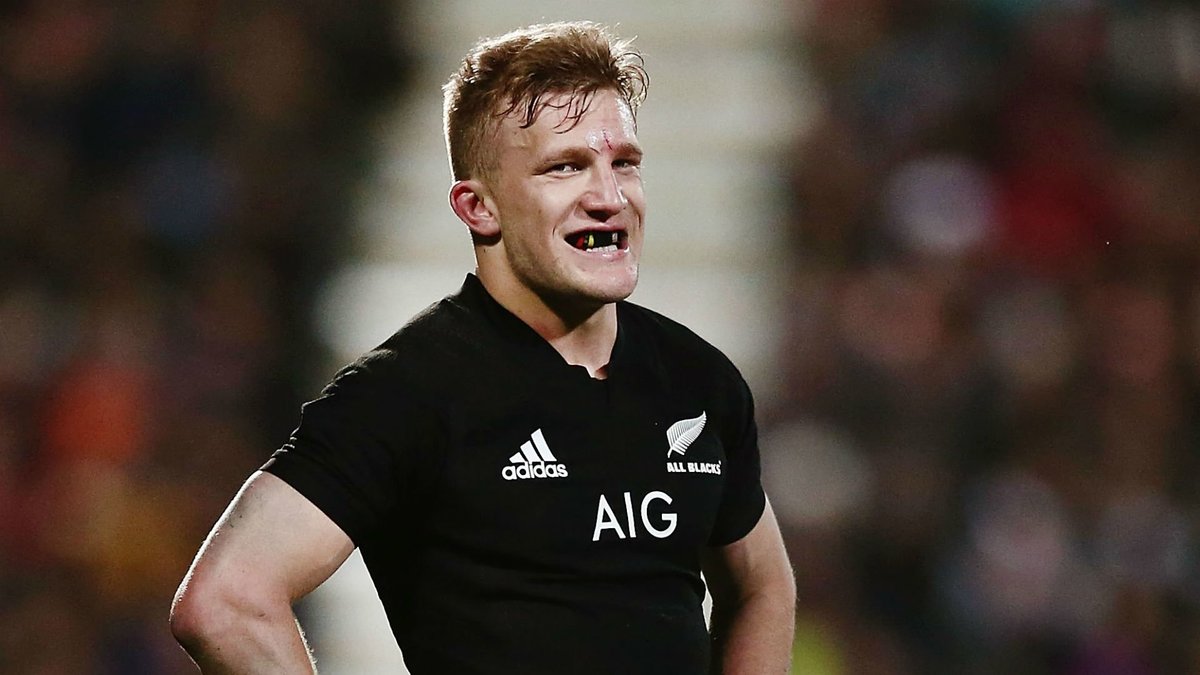Once again New Zealand rugby finds itself grappling with the always confronting and sobering question: does size matter?
All Blacks rugby coaches clearly think it does. They have so much talent from which to choose that they’re often blind to the smaller men who are doing great things under a Cloak of Invisibility. Or if you’re not a Harry Potter fan, they’re like Frodo wearing the ring.
But we get it – rugby is a contact sport and a big-bopper has a better chance of dropping the shoulder 5-metres out, scoring that crucial try (or stopping that try down the other end). And yet the game is so much more than that.
Like roller coasters, some women have a minimum height restriction for dating. And most All Blacks coaches, when they’re selecting teams, are exactly like that too, especially with loose forwards.
Crusaders blindside flanker Jordan Taufua (26) is rumoured to be leaving NZ. Now he might not be a first-string test player but I bet if Taufua wasn’t only 1.87m (6-foot-1) he’d have played for the All Blacks by now. Growing up in South Auckland, if he’d known his dream of playing for the All Blacks was do dependant on height, he’d have made sure his parents bought a rack.

Yes, there were short and slim All Blacks back in the days before gyms and supplements and tall people breeding but there is damning evidence of great players missed the cut.
Outstanding Waikato flanker Duane Monkley (who’s had a medal named after him!) was denied an All Blacks jersey in 1993 when the taller Liam Barry was preferred at flanker. Height, apparently, was the issue.
Sometimes the problem is bulk. Otago midfielder John Leslie was slim and brilliant but couldn’t break into the All Blacks. So he went and played 23 tests for Scotland. And if you look at today’s Six Nations teams, there are plenty of Kiwis who’ve taken that path. And while lack of size hasn’t necessarily caused that exodus, you could say Ireland midfielder Bundee Aki fell into that category. Stuck behind big ol’ SBW at the Chiefs, he made the call to go north.
At loose forward, the issue is amplified. Blues flanker Luke Braid (1.87m and barely 100kg) played the house down a few years ago – he didn’t get a look in. Yes, Richie McCaw is listed as only 1.87m but I’m certain that’s wrong. He’s taller than – I’m still waiting to hear back from his wife Gemma on this stat – and he’s also the GOAT.
So name the best loose forwards the All Blacks have encountered in the past decade? French captain Thierry Dusautoir, you say? A mere 1.88m. Wallaby Swiss army knife David Pocock perhaps? A paltry 1.84m.
In the backs, if you rule out halfbacks and first-fives, it’s tough for smaller men to make the ABs. Damian McKenzie (1.75m and 81kg) had topped every attacking statistic in Super Rugby before the Lions tour last year… but was overlooked for the test series. Imagine what he might have done with that space on the outside of that rush defence? Well, he was selected a few weeks later and saved the All Blacks in Cape Town with a match-winning try against the Springboks.
https://www.youtube.com/watch?v=E1Fu1W24Ryc
Would a little legend like Welsh wing Shane Williams (all 5-foot-7 and 80kg of him) have ever played test rugby if he was born in New Zealand? He played 87 tests for Wales and 4 tests for the Lions.
Admittedly in 2015, the All Blacks selectors did see the light with Nehe Milner-Skudder (1.80m and 90kg), who is no giant. And their on-again off-again relationship with Crusaders flanker Matt Todd (1.85m) seems more stable and loving now. It does help though that he’s a beast in the gym so he can play “bigger”.
There’s still that feeling, however, that All Blacks like them big. So to all you shorter, lightweight rugby players out there – you can go overseas and play 50-plus tests and make dem pounds and euros. Or you can stay in New Zealand, battle it out and defy the odds to wear the black jersey. But just know that your chances, perhaps like yourself, are slim.
































